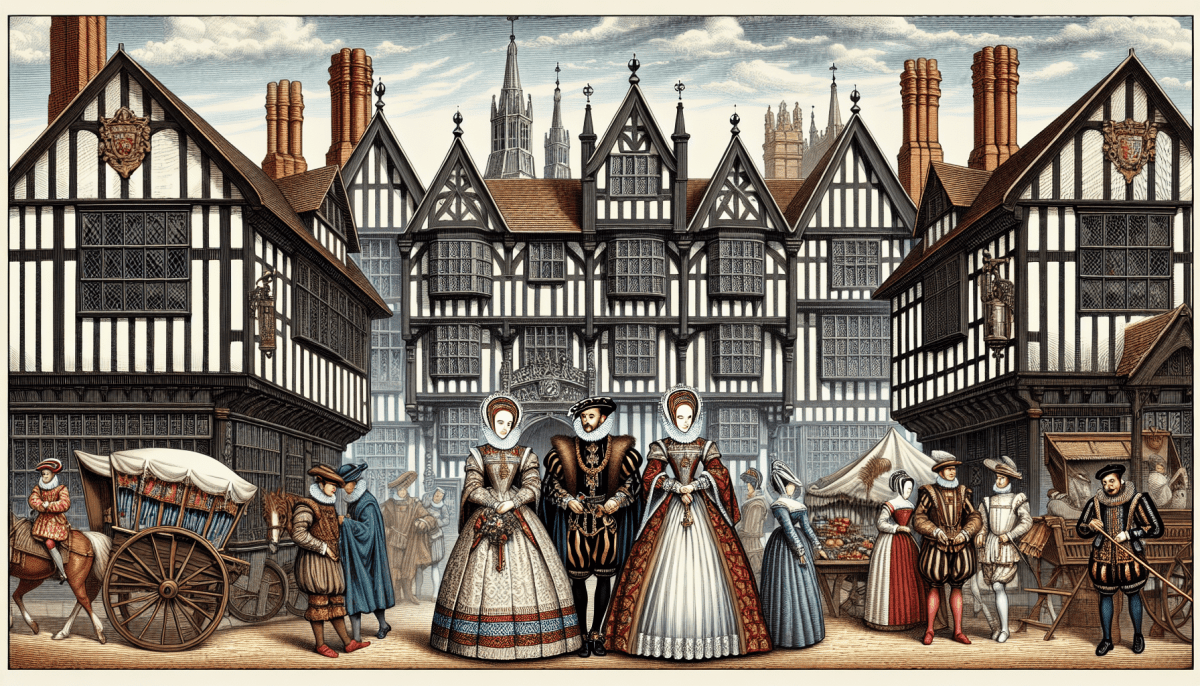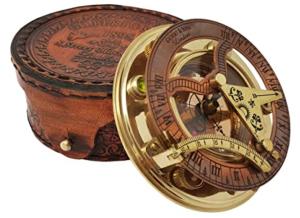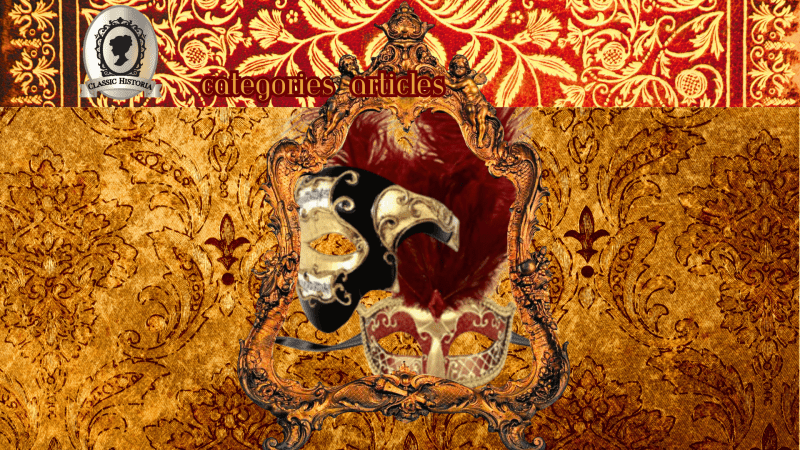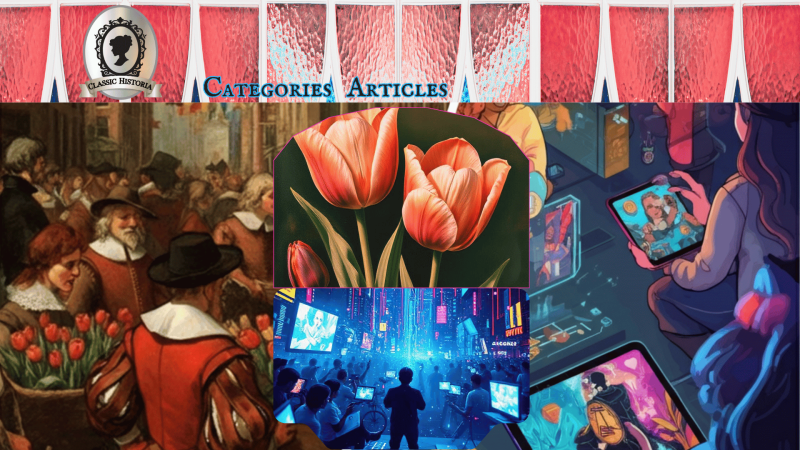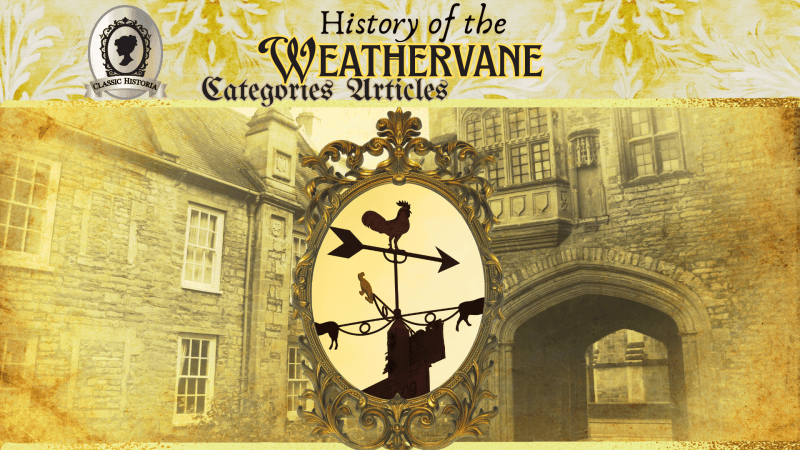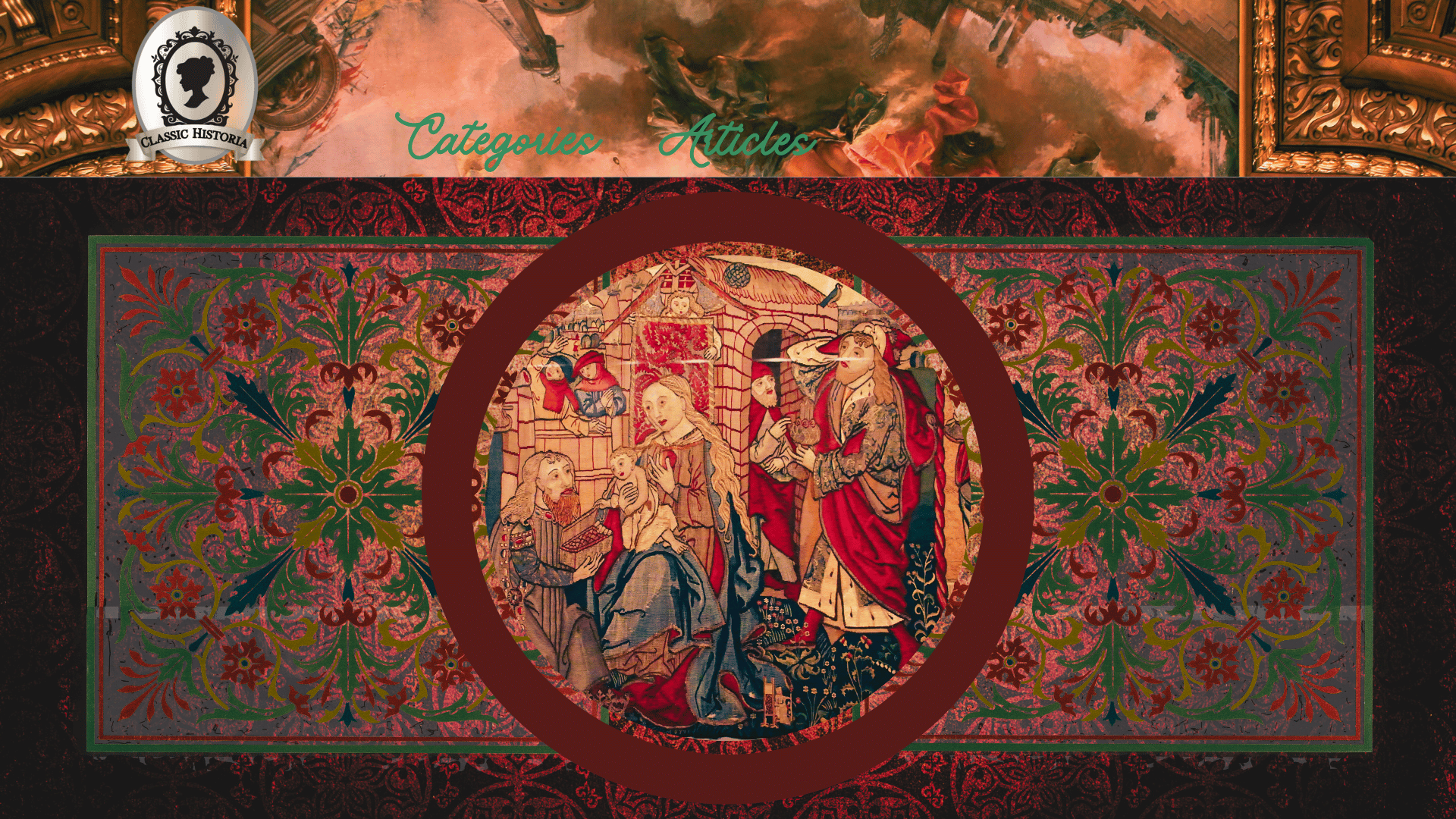
Classic Historia may receive a commission on purchases made through Amazon and eBay affiliate links at no additional cost to you.
The Tudor dynasty, lasting from 1485 to 1603, remains one of the most fascinating and pivotal eras in English history. Covering the reigns of monarchs such as Henry VII, Henry VIII, and Elizabeth I, this period saw incredible transformations in affairs of state, religion, society, and the arts. It was a time of exploration, upheaval, and cultural rebirth that left a profound legacy on England and the world at large. This article will explore the key aspects of Tudor culture, examining its origins, political framework, social dynamics, artistic achievements, and lasting impact.
The House of Tudor
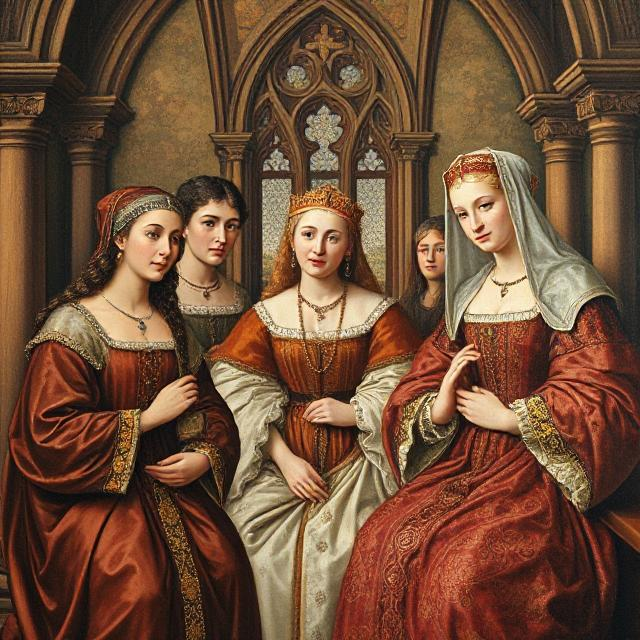
The House of Tudor was one of the most influential and iconic dynasties in the English throne. This royal house began with Henry VII, who took the throne after his victory at the Battle of Bosworth Field, ending the Wars of the Roses and uniting the warring houses of Lancaster and York. His marriage to Elizabeth of York symbolized this unity and solidified his claim to the throne.
Henry VIII, the second Tudor monarch, is perhaps the most famous figure of this dynasty. His reign was marked by substantial governmental and religious turmoil, including the English Reformation. His establishment of the Church of England, resulting from his break with the Catholic Church, had a profound and lasting impact on the nation. Beyond his six marriages, Henry VIII also strengthened England’s navy, laying the groundwork for the country's future maritime dominance.
Royal authority reached its societal and political peak under Elizabeth I, the last Tudor monarch. Known as the "Virgin Queen," she skillfully navigated a male-dominated civic landscape, maintaining England’s independence and stability during a time of threats from powerful neighbors like Spain. Queen Elizabeth's reign saw the flourishing of the English Renaissance, characterized by extraordinary advancements in literature, arts, and theater, led by luminaries such as William Shakespeare and Christopher Marlowe.
The House of Tudor's legacy is immense, shaping the trajectory of England into a powerful and unified nation. Through its monarchs, the Tudors drove transformations that shifted politics, doctrine, and society which ultimately laid the foundation for the modern British state.
English Culture in the Tudor Period
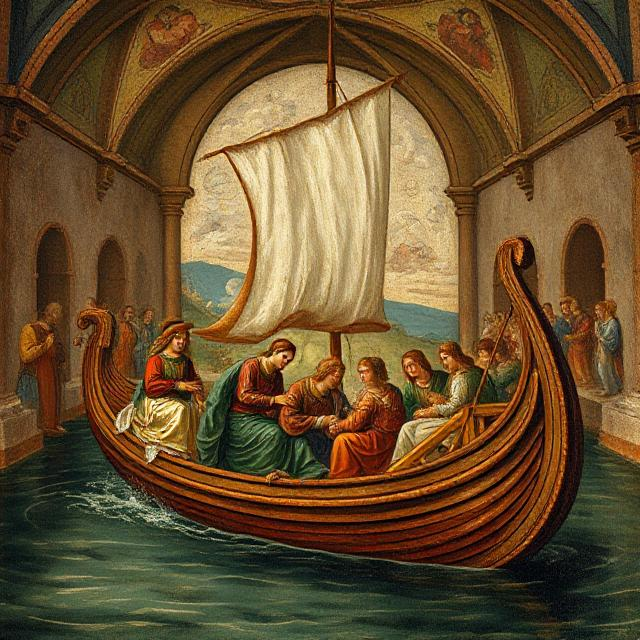
The Tudor period was a vibrant era of cultural flourishing and transformation, blending medieval traditions with emerging Renaissance ideals. Art, music, and literature thrived during this time, reflecting the societal and political changes occurring under the Tudor monarchs. The court became a hub of creativity, with rulers like Henry VIII and Elizabeth I acting as prominent patrons of the arts.
Music during the Tudor period was a central part of both courtly and religious life, showcasing the evolving styles of the era. Choral music flourished, particularly in the form of sacred compositions, as churches and cathedrals became hubs for musical innovation. Secular music also gained prominence, often performed in the royal court or at social gatherings, featuring instruments like the lute, virginals, and viols. Composers crafted intricate polyphonic pieces that highlighted their technical mastery. Some of the most famous composers of the Tudor period include Thomas Tallis, known for his stunning sacred works; William Byrd, celebrated for both his religious and secular compositions; and John Dowland, a renowned lutenist whose melancholic songs and lute music remain admired to this day.
During the Tudor Period, dances held a significant place in courtly and social life, showcasing elegance, skill, and a sense of community. There were two primary categories of dances during this era: court dances and country dances. Court dances, such as the Pavane and the Galliard, were often performed in royal courts and required precise steps and refined movements, reflecting the sophistication of the nobility. These dances were typically accompanied by live music and were seen as a way for courtiers to display their grace and poise. On the other hand, country dances were more informal and energetic, performed by people of all social classes at festivals or celebrations. Examples of country dances include the Branle and the Jig, which allowed for more exuberant and lively participation. These dances not only provided entertainment but also served as an important social activity, bringing communities together in rhythm and harmony.
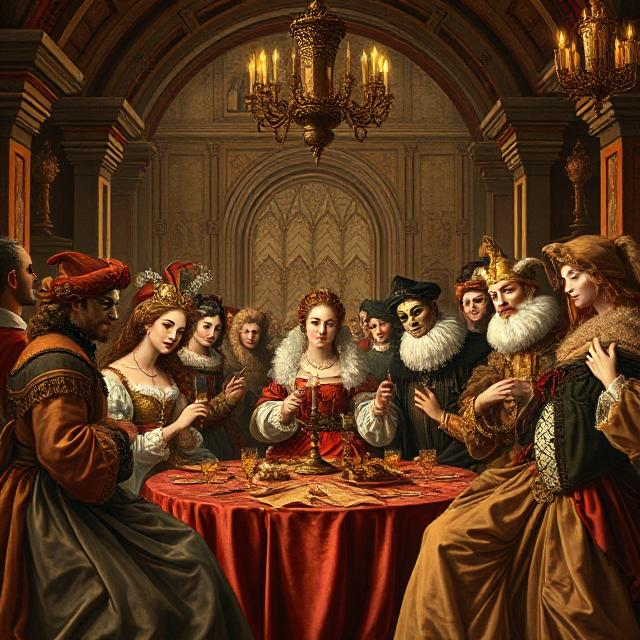
The theater also experienced a dramatic evolution, particularly during the reign of Elizabeth I. Shakespeare's plays and playwrights like Christopher Marlowe rose to prominence, creating works that remain timeless. Public theaters like The Globe became cultural landmarks where citizens from all walks of life could enjoy vibrant performances.
Tudor fashion during the Tudor Period was characterized by its opulence and extravagance, reflecting the wealth and status of the wearer. Clothing was made from luxurious fabrics such as silk, velvet, and brocade, often adorned with pearls, embroidery, and intricate patterns. The upper classes wore garments with structured silhouettes, including doublets, farthingales, and ruffs, which became iconic of the era. Women’s dresses were designed with fitted bodices and wide skirts, while men favored padded shoulders and fitted hoses. Sumptuary laws governed what individuals could wear, ensuring that fashion remained a symbol of social hierarchy. The elaborate styles of Tudor fashion highlighted not only the artistry of the period but also the importance of status and display in Tudor society.
$42.65
$37.85
4.7 out of 5 starsBrass Nautical Sundial Compass & Clock Gift Set
A Timeless Gift for the Adventurer in Your Life
Product information
Product Review Score
Product links
Art in the Tudor Period flourished as painters captured the grandeur and authority of the age. Portraiture became a dominant form of expression, with artists like Hans Holbein the Younger achieving fame for his detailed and lifelike depictions of prominent figures, including King Henry VIII and other members of the royal court. Holbein's work not only showcased the wealth and power of his subjects but also provided an invaluable record of Tudor fashion and culture. Alongside him, Nicholas Hilliard gained recognition for his exquisite miniature portraits, which were prized as personal tokens and symbols of intimacy among the elite. These artists and their works encapsulated the elegance and political undercurrents of the Tudor era, leaving a lasting legacy in the history of art.
Tudor men and women played pivotal roles in shaping the traditions, governance, and community of the Tudor period. Men often held prominent positions in governance, the clergy, and the military, influencing policies and decisions that defined the era. Figures such as Thomas More and Thomas Cromwell demonstrated the power of men in political and intellectual spheres, leaving their mark on history through their contributions to law, religion, and reform. Tudor women, while often relegated to traditional roles, also wielded significant influence in both public and private realms. Queens like Elizabeth I and Mary I defied conventions, ruling with authority and shaping the direction of the nation, while noblewomen and commoners alike contributed to the economy, managed estates, and upheld familial and social connections. Together, Tudor men and women formed the backbone of a dynamic and evolving society, laying foundations that would resonate through centuries.
This era of cultural innovation left a lasting legacy, shaping English identity and inspiring generations to come. The achievements of the Tudor period in artistry, knowledge, and societal values remain a celebrated chapter in history.
Religious Reform
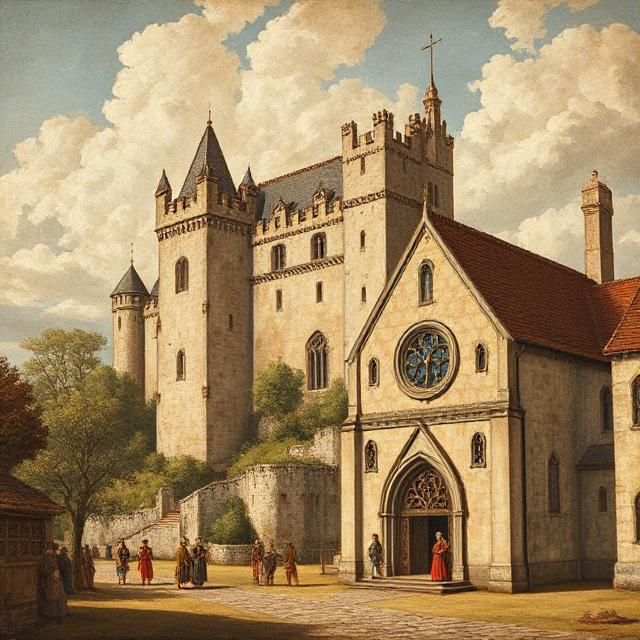
Religion played a central and often tumultuous role during the Tudor times, driving significant changes and shaping the political, social, and cultural landscape of England. The era saw a significant reformation of English religion, beginning with Henry VIII's break from the Catholic Church in the 1530s. This monumental decision, driven by personal and political motives, led to religious change in the establishment of the Church of England with the king at its head, marking the start of the English Reformation. Under Henry’s successors, religious policies vacillated. Edward VI promoted Protestant reforms, introducing the Book of Common Prayer and altering traditional practices, while Mary I sought to restore Catholicism, earning her the nickname "Bloody Mary" for her persecution of Protestants. Elizabeth I, however, sought a middle ground with the Elizabethan Religious Settlement, aiming to unify her subjects through a more moderate Protestant Church of England. These religious transformations not only defined the Tudor period but also left a lasting impact on English identity and the nation's religious structure.
Daily Life for the Poor and the Rich
Life during the Tudor generation varied greatly depending on social class, with stark contrasts between the experiences of the rich and the poor. For the wealthy, daily life was marked by opulence and privilege. The rich lived in large, elaborately decorated homes filled with fine furniture and expensive tapestries. Their diets consisted of plentiful meat, ale, and exotic spices that showcased their wealth, though this often led to health problems such as gout. Education and leisure were also hallmarks of the affluent, with noble families investing in the schooling of their children and enjoying pastimes such as hunting, feasting, and attending elaborate court events.
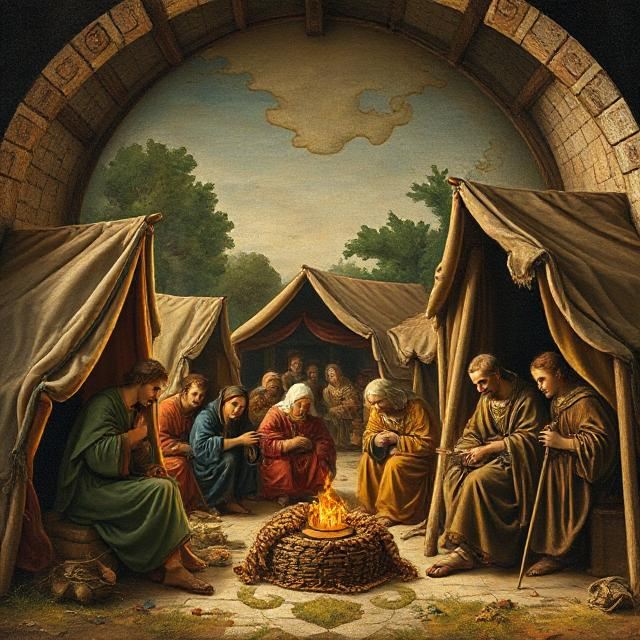
By contrast, the daily life of the poor was characterized by hard labor and a constant struggle for survival. Most poor people lived in small, cramped cottages with basic wooden furnishings and thatched roofs. Their diets were simple and repetitive, often comprising bread, pottage, and whatever vegetables or affordable food they could grow or acquire. Work dominated their lives, as the poor were typically employed as laborers, tenant farmers, or domestic servants. Children from poor families rarely received a formal education, as they were expected to contribute to the household's income from a young age. Despite these hardships, community and religious observance was critical in helping them endure the challenges of their daily lives.
The Tudor duration of the time vividly illustrates the divide between social classes, shaping distinct lifestyles for the rich and the poor while highlighting the broader inequalities of the time.
The Unseen Costs of Society: Taxes, Poverty, and Injustice

Taxes, poverty, and injustice were inextricably linked during the Tudor era, with the burden of financial obligations falling disproportionately on the lower classes, leaving a profound impact on society. Tudor taxation systems were designed primarily to fund wars and royal expenditures, often placing a significant strain on the impoverished. Landowners and wealthy merchants were sometimes able to use their influence to avoid paying their fair share, leaving peasants and laborers to carry the heaviest burden. These taxes, combined with rising living costs, and recurrent poor harvests had significant economic changes that often pushed struggling families into the depths of poverty.
For the poorest in society, the punitive nature of the justice system further compounded their hardships. Minor offenses, such as stealing bread to stave off hunger, could lead to severe punishments, including public humiliation or imprisonment. Furthermore, the legal system favored the wealthy, who could afford legal representation and exert influence over judicial outcomes. This imbalance perpetuated a cycle of inequality, where the poor were left vulnerable and voiceless.
The Tudor response to poverty was complex, with some attempts to suppress beggars and vagrants using the Vagabonds and Beggars Act of 1495. Legislation like the Poor Act of 1575 sought to provide support to the needy by offering work, but these measures were often insufficient to address the systemic roots of poverty and injustice. Such disparities reveal the deep societal divisions of the time, where economic and social inequities were entrenched, and the poor struggled to find opportunities for a better life.
In conclusion, the House of Tudor profoundly shaped the trajectory of English society and governance. Its era marked a period of remarkable heritage, beliefs, and leadership contributions. From the establishment of a central monarchy under Henry VII to the cultural flourishing seen during Elizabeth I’s reign, the Tudors left a lasting legacy. Their responses to challenges such as religious turmoil, economic shifts, and even the persistent specter of the Black Death demonstrate the dynasty’s resilience and ingenuity. The Tudor period was a time in European history worth looking back on, offering valuable lessons of the Tudor Era.
Like this article? Discover more at Classic Historia for a deeper exploration into the past that has shaped our world.
Stay connected with Classic Historia and discover more timeless treasures by following us on our social media platforms:
Business Phone Number:
(833) 222-7544
Business Address:
Classic Historia
1220 Oak Street, Suite J PMB1007
Bakersfield, CA 93304-1072
United States
